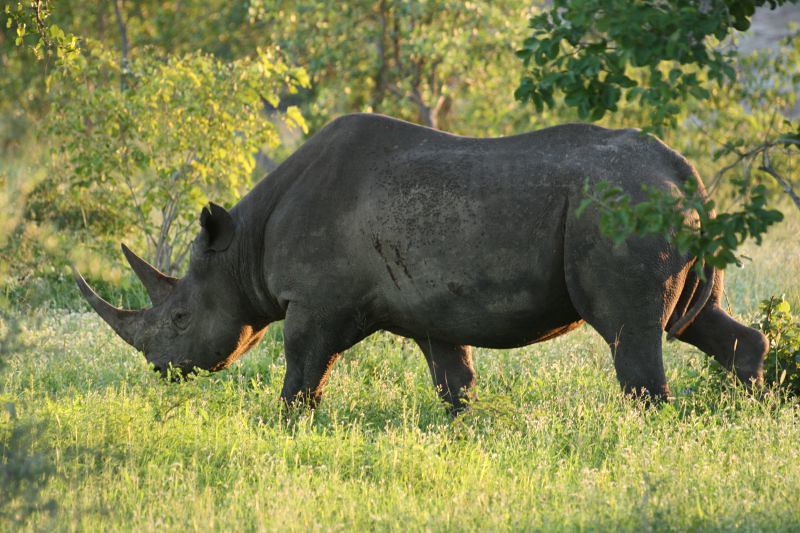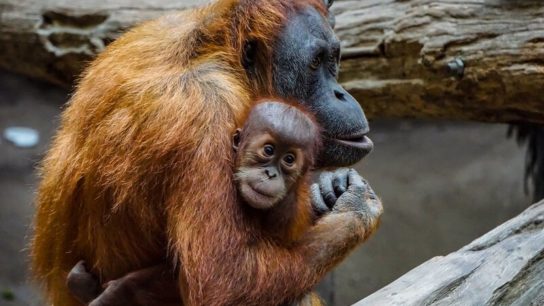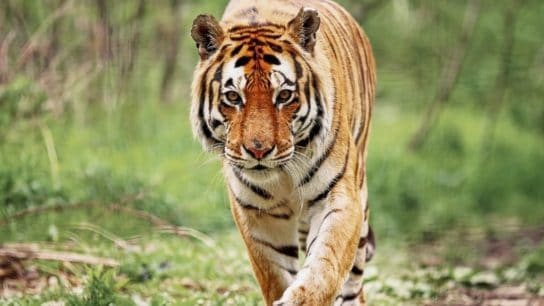The World Bank will this year start selling a bond designed to raise funds for the conservation and protection of endangered black rhinos in South Africa, in what is the world’s first wildlife conservation bond.
—
What is Happening?
- The five-year, USD$45 million security will hopefully start being sold by the middle of the year. Rates of return for investors will be determined by the rate of growth of the populations of rhinos in two South African reserves, according to the Rhino Impact Investment Project, an initiative started by the Zoological Society of London.
- The aim of the wildlife bond is to increase populations of black rhinos by 4% per annum.
- The bond will use a World Bank, International Bank for Reconstruction and Development IBRD AAA-rated bond. Credit Suisse Group AG is advising on the project.
- If successful, the programme could be expanded to protect black rhinos in Kenya, and then other species like lions, tigers, gorillas and orangutans, providing an opportunity for people interested in conservation to get a return on their support and possibly re-invest money in new projects rather than the more traditional route where projects are funded by philanthropists or governments.
- At the end of the bond period, investors will receive their original capital and an additional payout depending on how much the rhino population has grown over five years instead of an annual coupon. The principal of the bond and the possible payout at maturity will be paid by the Global Environment Facility, which has received donations from more than 40 countries and was formed in 1992.
- The bond was originally planned for last year, but the impact of COVID-19 delayed it.
- The two selected reserves are the Addo Elephant National Park and the Great Fish River Nature Reserve. Addo is a 1 640 square kilometre reserve in the Eastern Cape province while Great Fish is a 450 square-kilometre park in the same province. Both are state run.
Nick de Goede, park manager at Addo, said, “It couldn’t have come at a better time, we have to look after the rhino, it’s critically endangered. The whole idea is to look at the rhino as a pilot and then it can be rolled out for any species.”
You might also like: Russia Plans to Use its Forests as a Marketplace for Carbon Offsetting
Can Black Rhinos Be Saved From Extinction?
- There are 29 000 rhinos in the world, and five species. About 80% of these are in South Africa and most of them are white rhino. Black rhino numbers have dropped to about 5 500 from 65 000 in 1970 and potentially as many as 850 000 once, according to the World Bank. The animals are found in four African countries, including South Africa, and can weigh as much as 1.4 tons – much smaller than the white rhino. There are 2 046 black rhinos in South Africa currently.
- Rhinos are threatened by poaching, mostly because of demand in Vietnam and China for the powder from their horns that’s believed to cure cancer and improve virility.
- Rhino Impact says that three sites in Kenya- Lewa Borana Conservancy, Ol Pejeta Conservancy and the Tsavo West National Park- may be chosen next for a bond sale.
- While this particular rhino bond is a world first, sustainable bonds have been used to finance a variety of outcomes, from marine and fisheries projects in the Seychelles to girls education in rural India.
Featured image by: Flickr

















